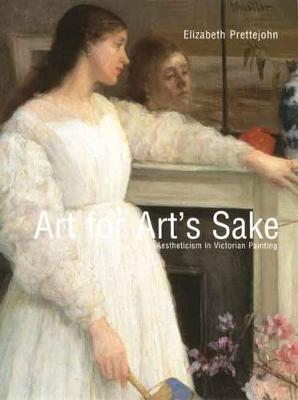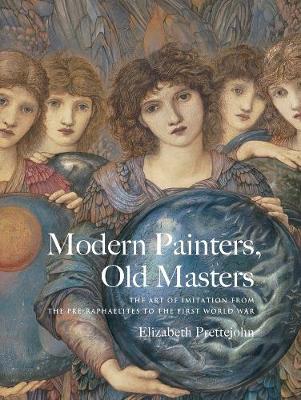Studies in British Art
2 total works
In the London circles of Dante Gabriel Rossetti and Frederic Leighton, the notion of "art for art's sake" became a shared concern: if art is not created for the sake of preaching a moral lesson, or supporting a political cause, or making a fortune, or any other objective, what might art be? Art historian Elizabeth Prettejohn traces the emergence of the debates over this issue in the 1860s and 1870s, focusing especially on the Rossetti, Whistler, Leighton, and other protagonists of the Aesthetic Movement and their paintings-some of the most haunting and memorable images in modern art. The English painters' search for the formula to best express the idea of "art for art's sake" was a unified and powerful artistic undertaking, Prettejohn demonstrates, and the Aesthetic Movement made important contributions to the history of modern art.
Published in association with the Paul Mellon Centre for Studies in British Art

